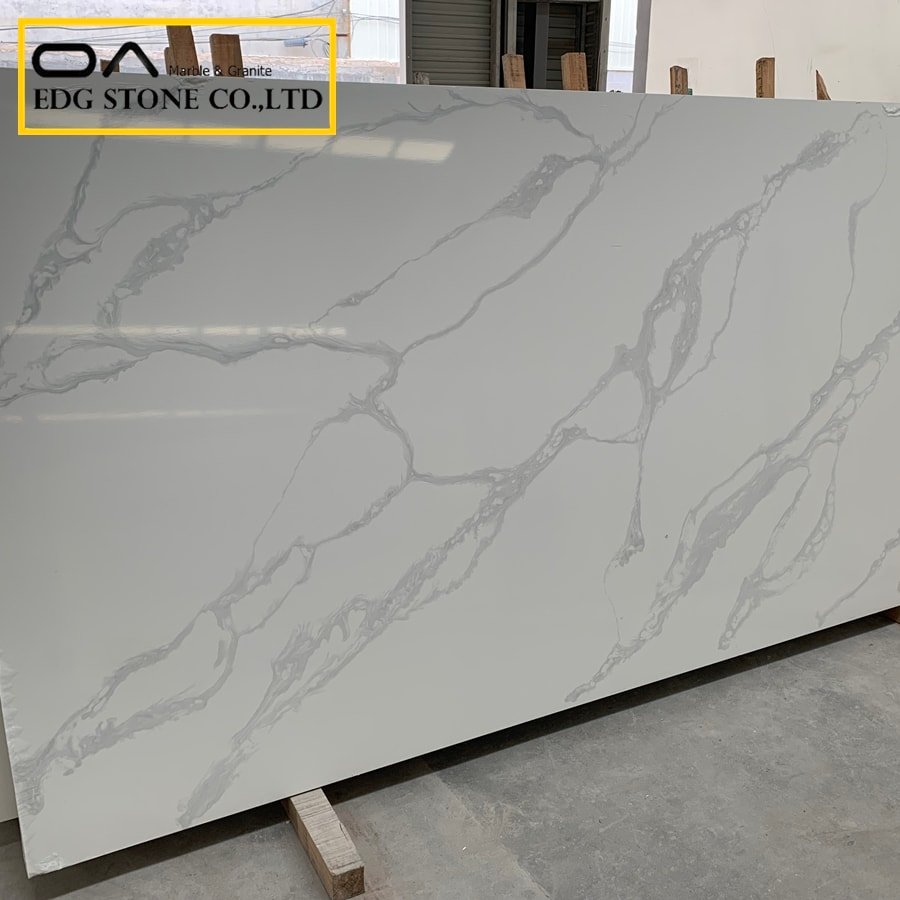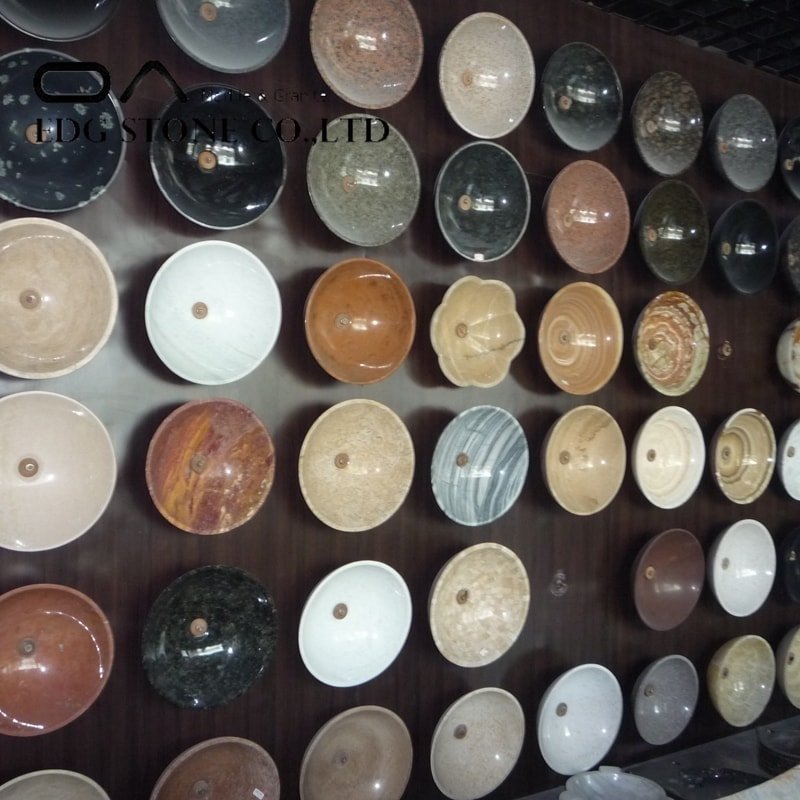Everyone should be familiar with quartz stone slabs. Quartz stone has become the first choice for green and environmentally-friendly building decorative stones. It is a kind of artificial stone because the plate contains up to 93% of quartz sand which is called quartz stone by quartz stone manufacturers. However, at present, the quartz stone market in my country is chaotic, and the price of quartz stone is also uneven. There are even some unscrupulous merchants who use calcium powder instead of quartz sand to improve their profits. Now someone should ask the editor what is the difference between adding calcium powder to the plate and not adding calcium powder.
Everyone knows that quartz stone quickly occupies the decorative stone market with many advantages such as wear resistance, scratch resistance, high-temperature resistance, and penetration resistance. However, once calcium powder is added to the quartz stone plate, it will have a great influence on the quality of the plate. The first effect is the hardness of the plate. The hardness of the quartz stone plate is Mohs hardness 5 or higher, and it is easy to be scratched if it is lower than 5; the second is that the acid and alkali resistance is reduced, and the high-temperature resistance is reduced. Contact with hot objects can easily cause the sheet to burst.
How to distinguish the calcium powder in the quartz stone slabs? At present, calcium powder on the market is also divided into ordinary calcium powder and modified calcium powder. The method for distinguishing ordinary calcium powder is actually very simple. Everyone knows that chemical reaction occurs between calcium and acid. You can use oxalic acid, latrine at home, or edible vinegar. If bubbles appear on the surface of the plate, it means that the plate contains calcium powder. However, for the improved calcium powder, the only way to distinguish it is to check its permeability, because the modified powder will not react with acid. First, we must wipe the board with a dry rag, and then use a marker to mark it. Wipe it after a minute. If it cannot be wiped off, it is likely that calcium powder was added. Many merchants will give us experiments before buying, but we also need to check after purchasing, check the backside of the slab and request the manufacturer’s warranty, etc., to avoid bad merchants from dropping the package during processing.








